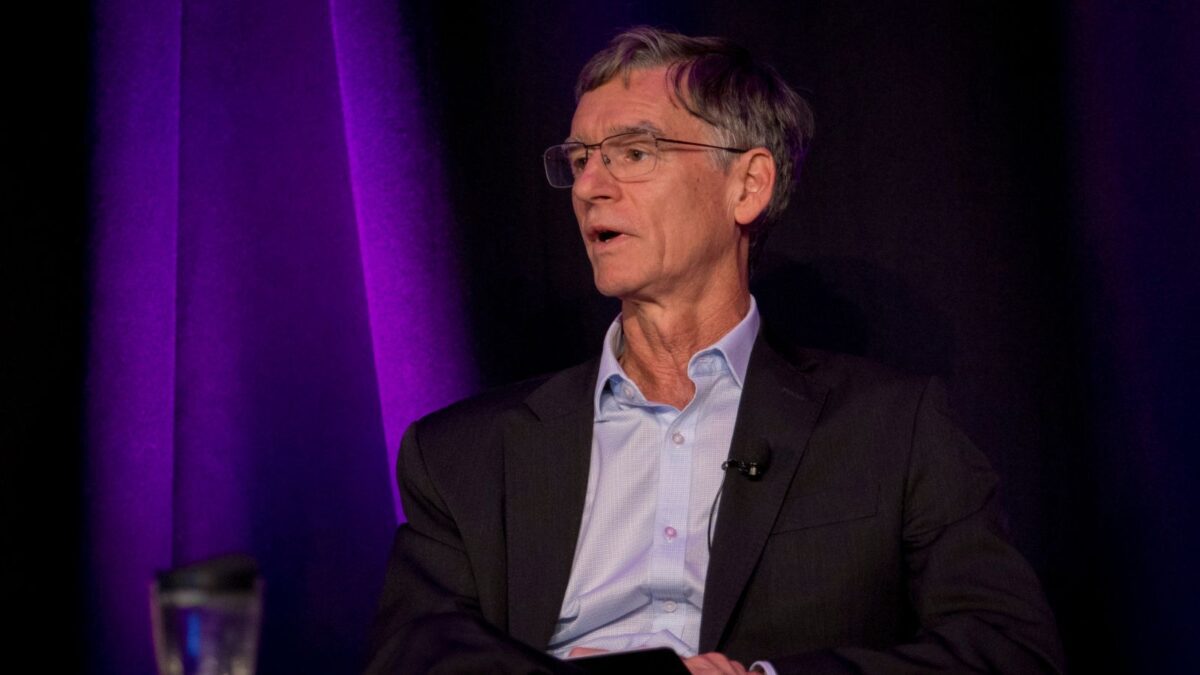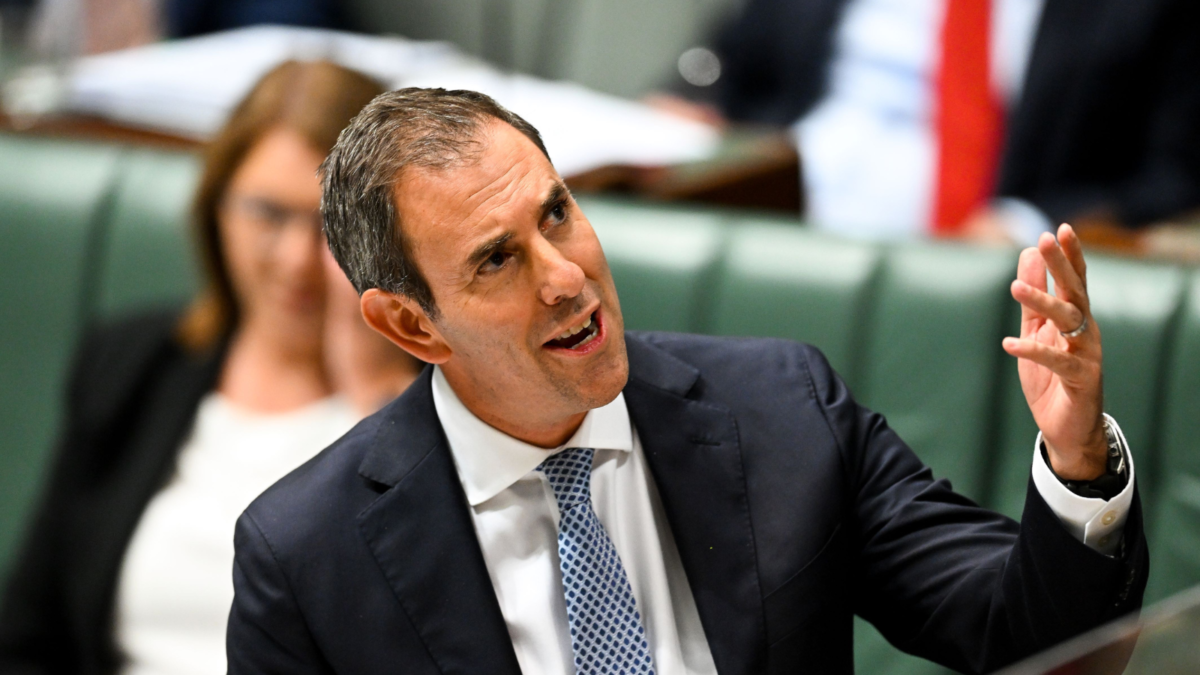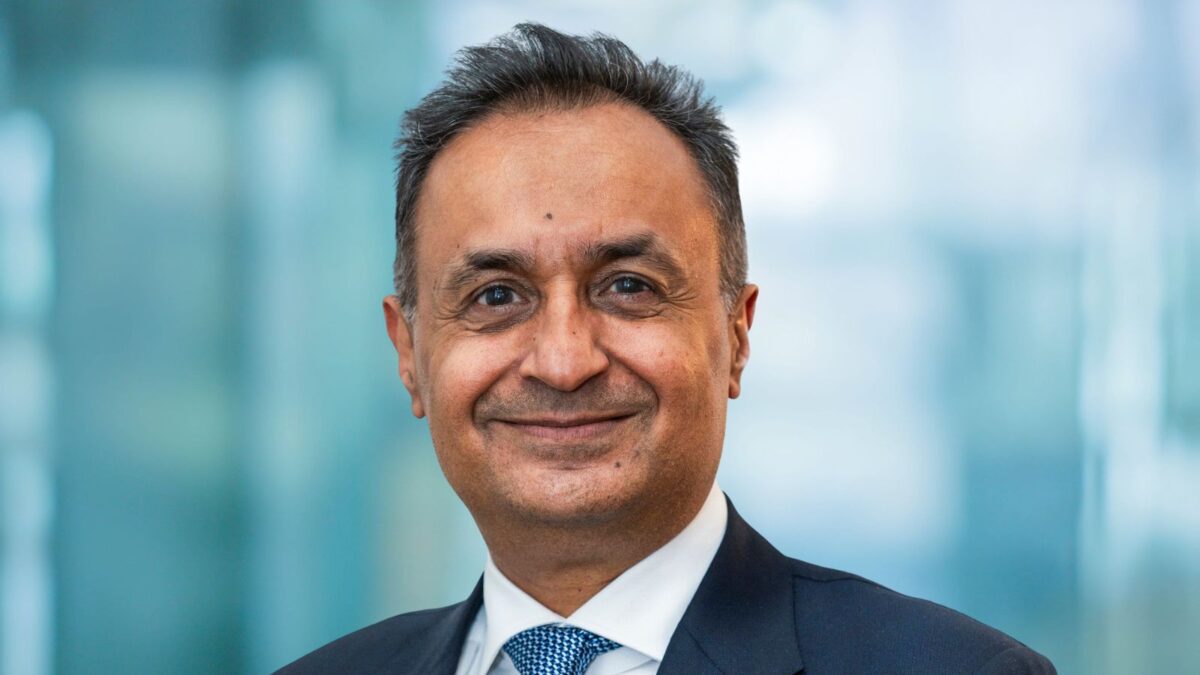Behind the Blockchain initiative at ASX
(pictured: Peter Hiom)
Last year the ASX quietly commenced what is looking very much like a transformation of its technology, including CHESS, a purpose built sub-registry platform which ASX introduced in 1996. This time the ASX has cemented its position by buying a stake in the American company building a prototype using distributed ledger technology.
Peter Hiom, ASX’s deputy chief executive, points out that CHESS has worked very well and is still working well. “There wasn’t a huge rush but we thought we needed to get to it within the next few years,” he said in an interview last week.
The US company, Digital Asset, is not actually building a public Blockchain system, which transmits via the internet using encryptions but is “massively inefficient”, Hiom says, “because it can update itself only every 10 seconds”.
ASX is exploring the use of distributed ledger technology, the initial development of which will take six-12 months to complete. If successful, it is intended that this would operate on a private network where every participant is known and meets regulatory hurdles. “That sounds a lot like what the ASX does now, but with different technology,” Hiom says.
Nevertheless, Blockchain runs off the tongue a little easier and may well stick as the generic term for the technology. In its marketing material, Digital Asset refers to it as “Blockchain-related”.
Unlike trading and clearing systems, technology for CHESS’s functions are not readily available off the shelf, so ASX conducted a search in the second quarter of last year for a partner or partners to provide the solution.
One comfort factor from investing $14.9 million in Digital Asset is that other shareholders include Deutsche Boerse, JP Morgan, Goldman Sachs, ABN AMRO and BNP Paribas.
For Digital Asset, the ASX is a particularly good partner because the structure of the Australian market is very amenable to the proposed change.
Australia is a “dematerialized equities market” (all information is held electronically). Australia uses HINs numbers, so the name of each investor is recorded, not just that of the custodian. And Australia is a relatively unfragmented market – two exchanges, one clearing house and one registry/depository.
“So we’re an attractive partner and we’re well-placed to lead the world,” Hiom says. The new system will go beyond what CHESS provides. It gives a “perfect” record, where nothing can be deleted, only appended. It will probably diminish the role of clearing in the process.
“There’s no doubt that some things we do today will not be required, but this is a wonderful opportunity to unleash innovation … We thought this was a once-in-a-generation opportunity to introduce greater efficiency to the market.
“For instance, what happens if we can reduce the dividend payment period from, say, seven days to three days? Imagine what that means for the long-term performance of SMSF trustees.”
Apart from the need to stay up to date with technological change in a competitive and global world for investments, ASX was also concerned about increasing cost pressures being felt by many of its customers. Post GFC, new regulations have pushed up compliance costs and the cost of capital for many players, especially banks and fund managers.
“So why wouldn’t we want to help find a solution?” Hiom says.
Technological change can also hurt businesses, particularly old, established incumbent companies like the ASX. Hiom says the company is “actively involved” in understanding the nascent framework for crowd-funding and wondering whether there is a role for ASX in that field.
For the time being, ASX is most actively promoting its own listings environment to New Zealand companies and also to the technology sector. In the first half of the current financial year, there were 22 tech company listings on the ASX and the number of New Zealand-based companies listed on ASX rose to 42.
“The ASX is very aware of the long-term sustainability of its listings business,” Hiom says.










